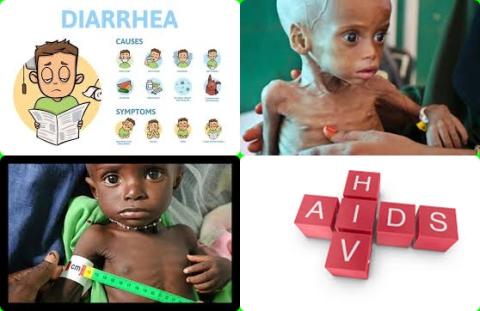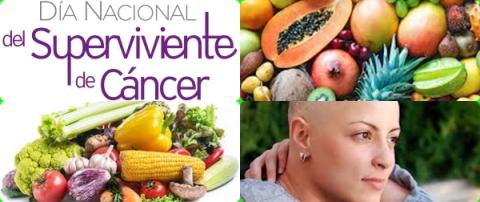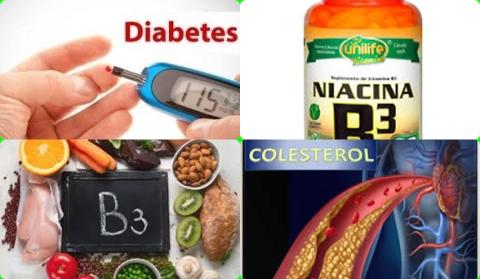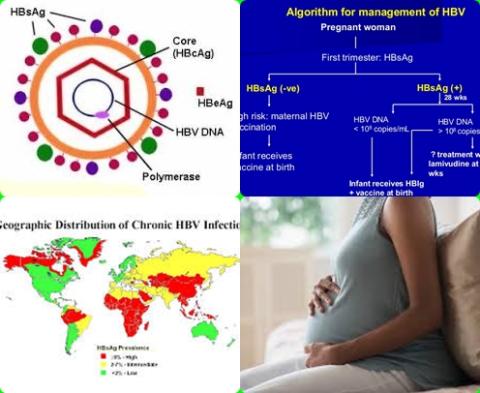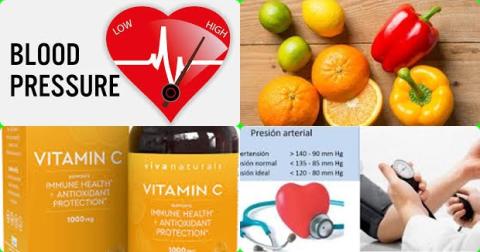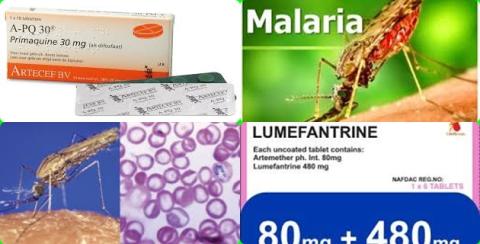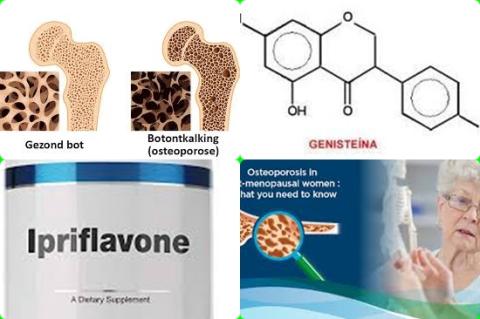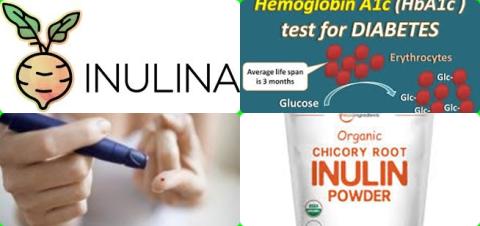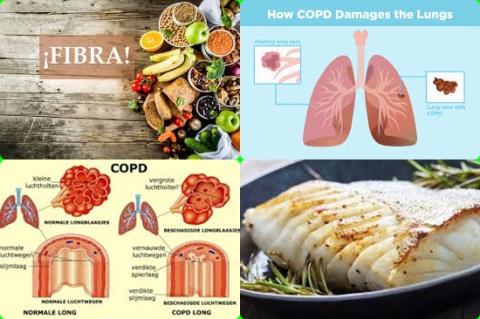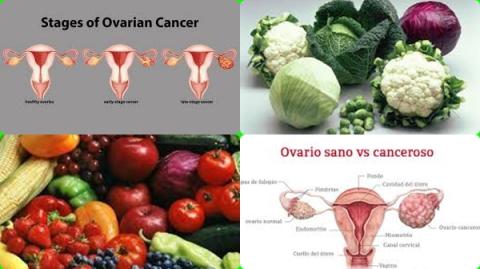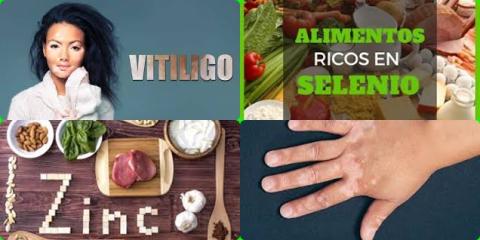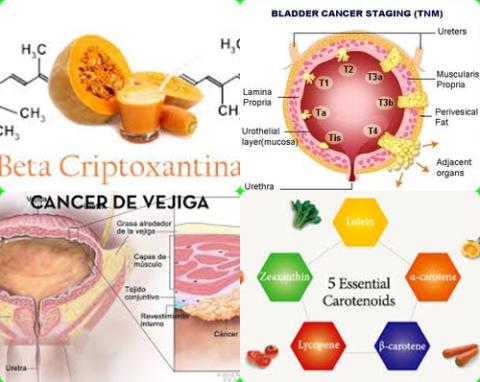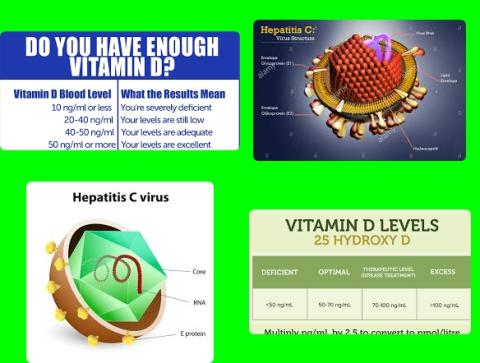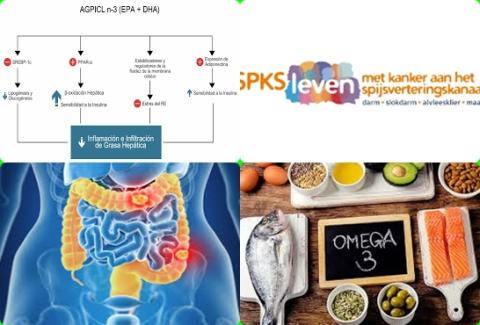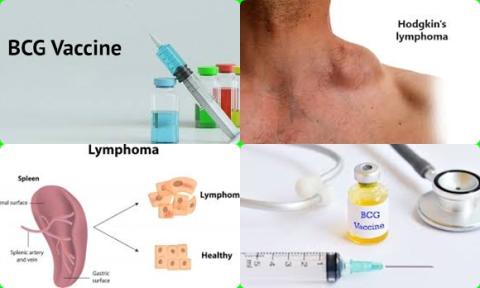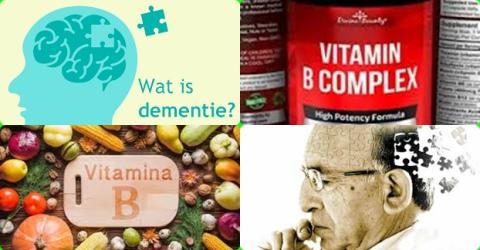A higher fish consumption reduces coronary heart disease
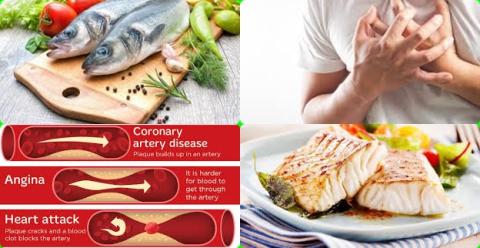
Objectives:
Epidemiological studies on the impact of fish consumption on coronary heart disease (CHD) incidence have shown inconsistent results. Therefore, this review article has been conducted.
Does dietary intake of fish reduce coronary heart disease incidence and mortality?
Study design:
This review article included 40 prospective cohort studies (22 studies investigated the association between fish consumption and coronary heart disease incidence (28,261 persons with coronary heart disease and 918,783 participants) and 27 studies investigated the association between fish consumption and coronary heart disease mortality (10,568 events and 1,139,553 participants)).
No evidence of publication bias was found.
Results and conclusions:
The investigators found higher fish consumption was significantly associated with a 9%-lower coronary heart disease risk [RR = 0.91, 95% CI = 0.84 to 0.97, I2 = 47.4%].
The investigators found a significant correlation between fish consumption and coronary heart disease risk in the female subgroup [RR = 0.85, 95% CI = 0.78 to 0.92, I2 = 5.6%], the subgroup with a follow-up period of ≥10 years [RR = 0.91, 95% CI = 0.84 to 0.99, I2 = 51.5%] and the subgroup with an article quality of ≥7 points [RR = 0.90, 95% CI = 0.83 to 0.98, I2 = 50.6%].
However, it was not found in the male subgroup, the subgroup with a follow-up period of 10 years and the subgroup with an article quality of 7 points.
The investigators found higher fish intake was significantly associated with a 15%-lower coronary heart disease mortality risk [RR = 0.85, 95% CI = 0.77 to 0.94, I2 = 51.3%].
The investigators found the summary results did not change significantly in sensitivity analysis.
The investigators found dose-response analysis showed that the coronary heart disease incidence and mortality were reduced by 4%, respectively, with a 20 g/day increment in fish consumption.
The investigators concluded that a higher dietary intake of fish reduces coronary heart disease incidence and mortality. This finding has important public health implications in terms of the prevention of coronary heart disease. Since most of the research was conducted in male groups and Western countries, further research needs to be performed in female groups and other regions.
Original title:
Fish Consumption and Coronary Heart Disease: A Meta-Analysis by Zhang B, Xiong K, […], Ma A.
Link:
https://www.ncbi.nlm.nih.gov/pmc/articles/PMC7468748
Additional information of El Mondo:
Find more information/studies/nutritional advices on fish consumption and coronary heart disease right here.
In practice, higher fish consumption means at least twice a week of fish consumption (150 grams of fish at a time).

